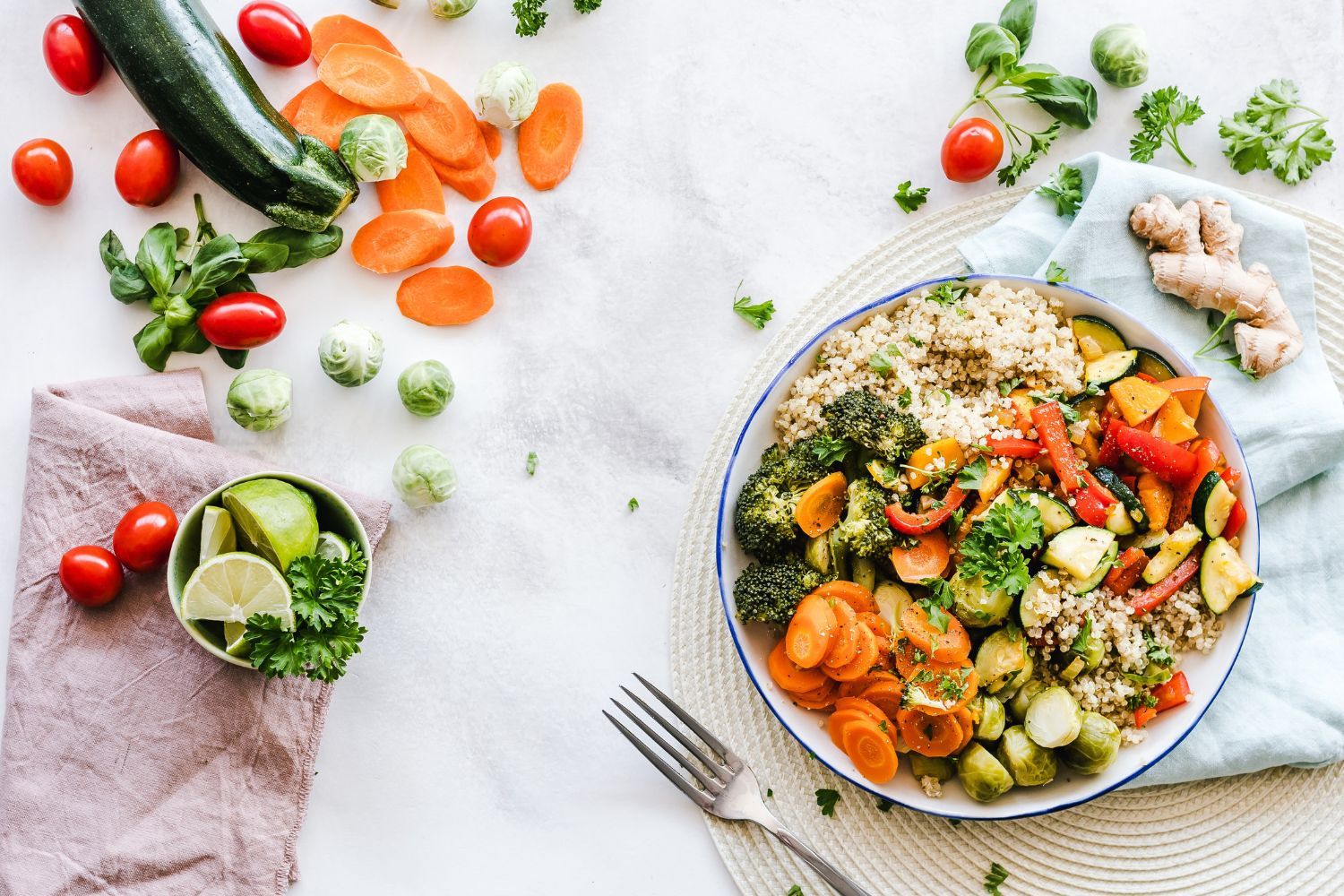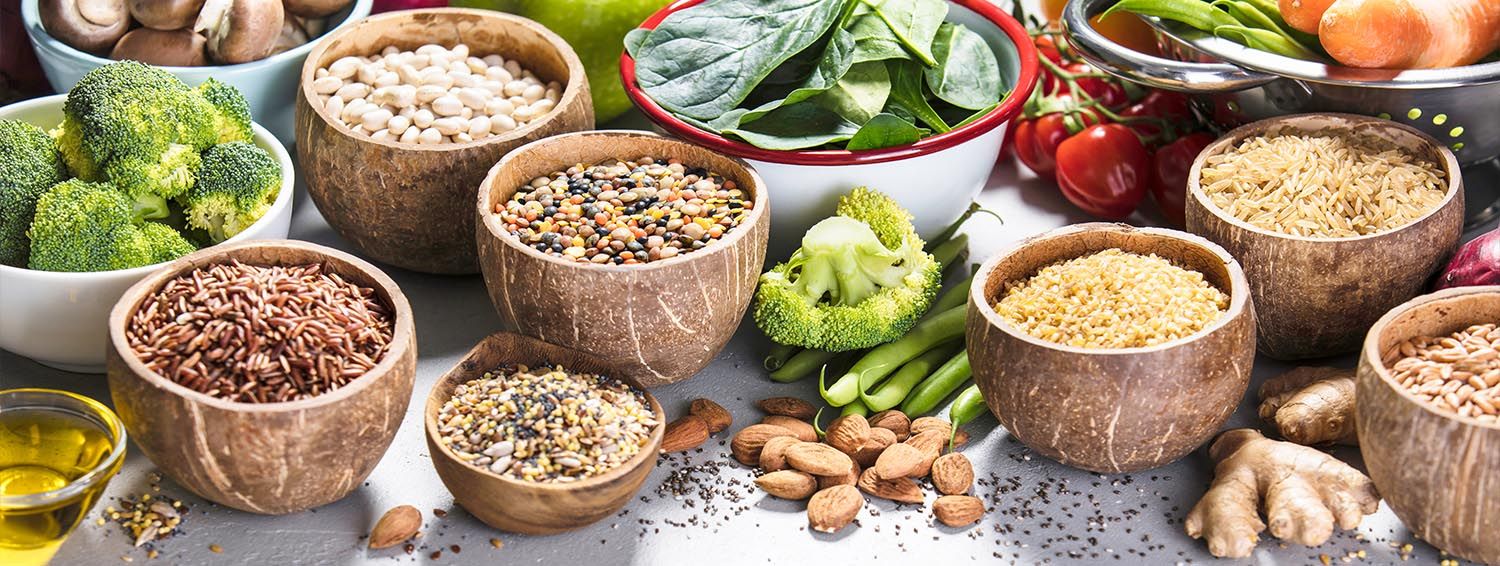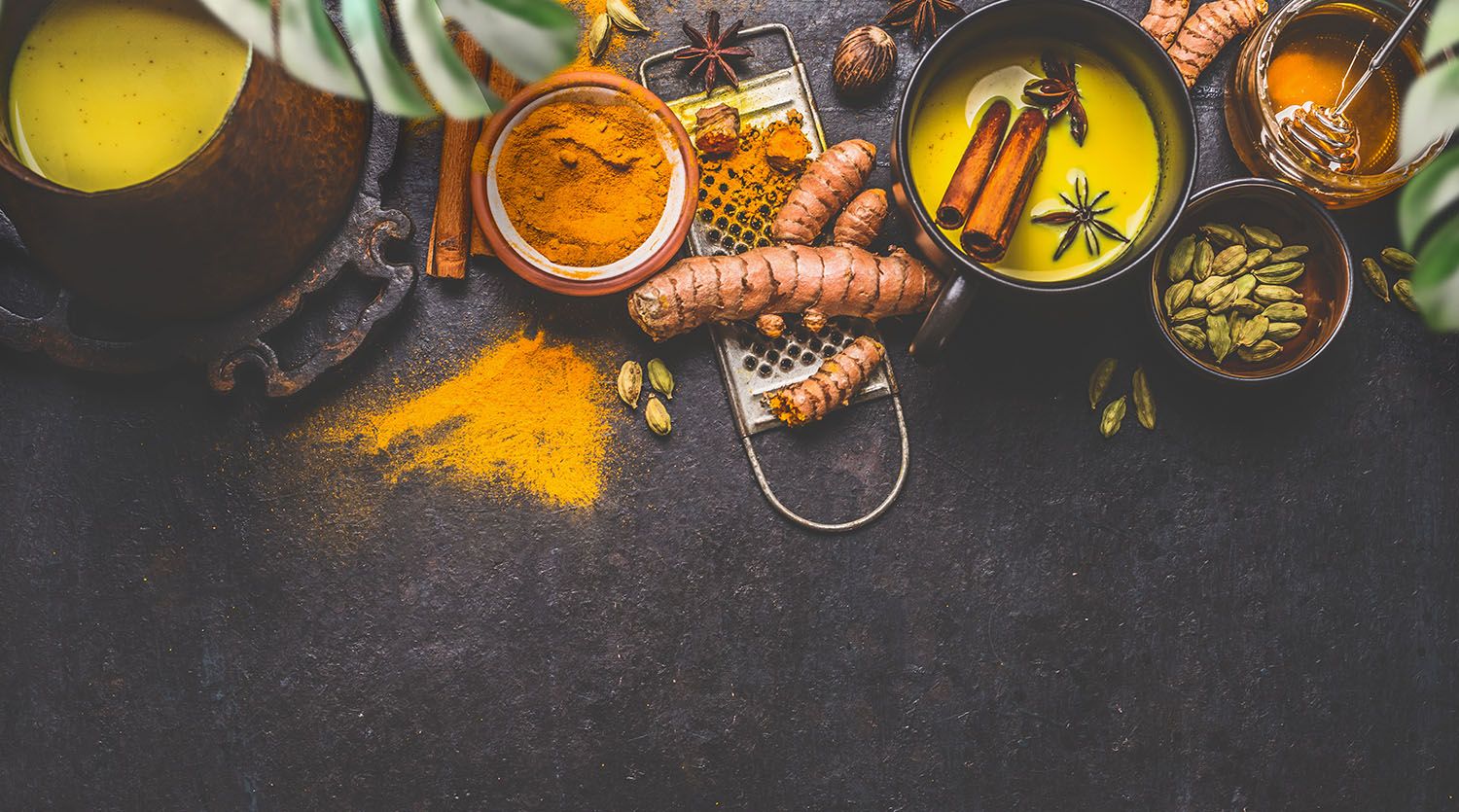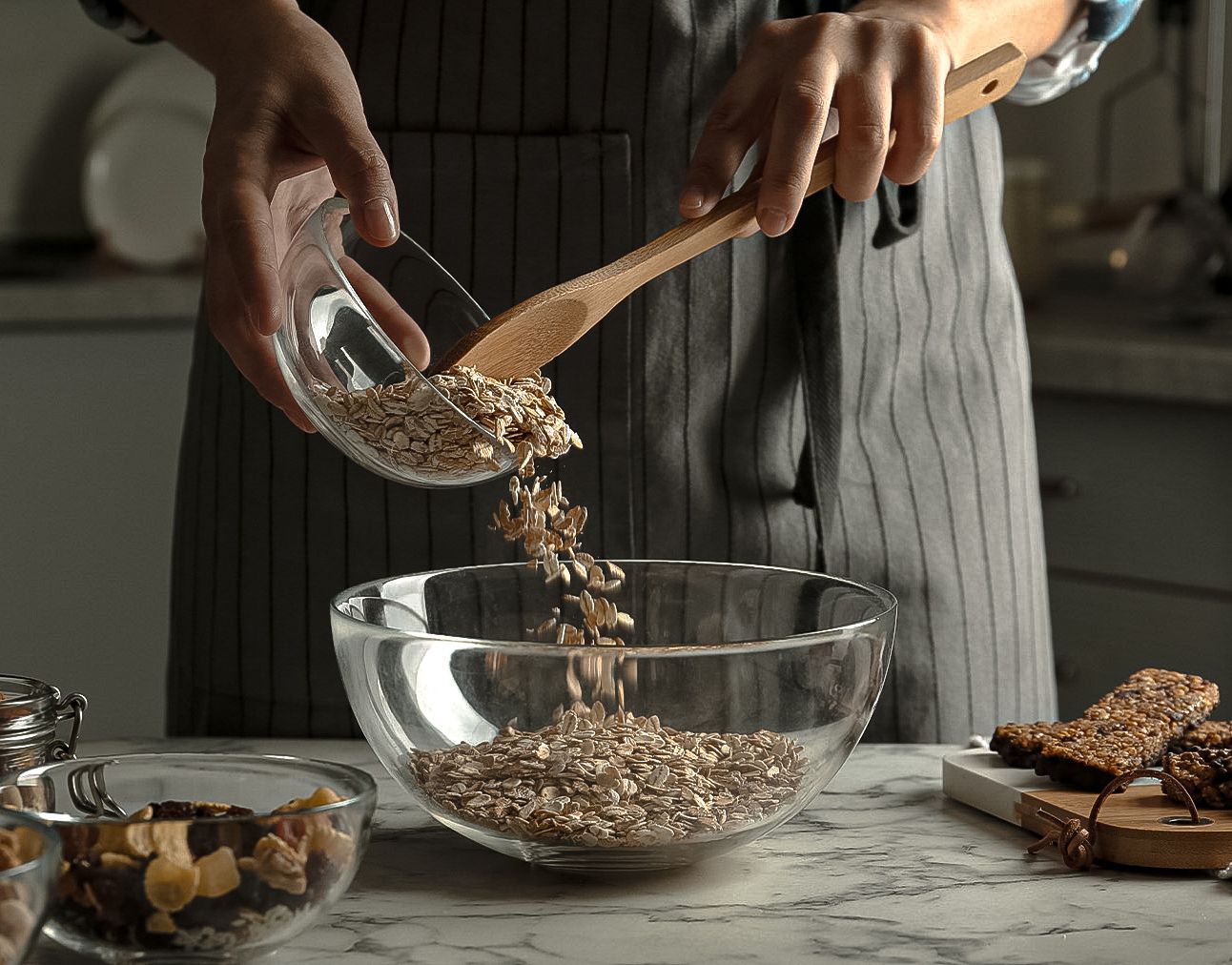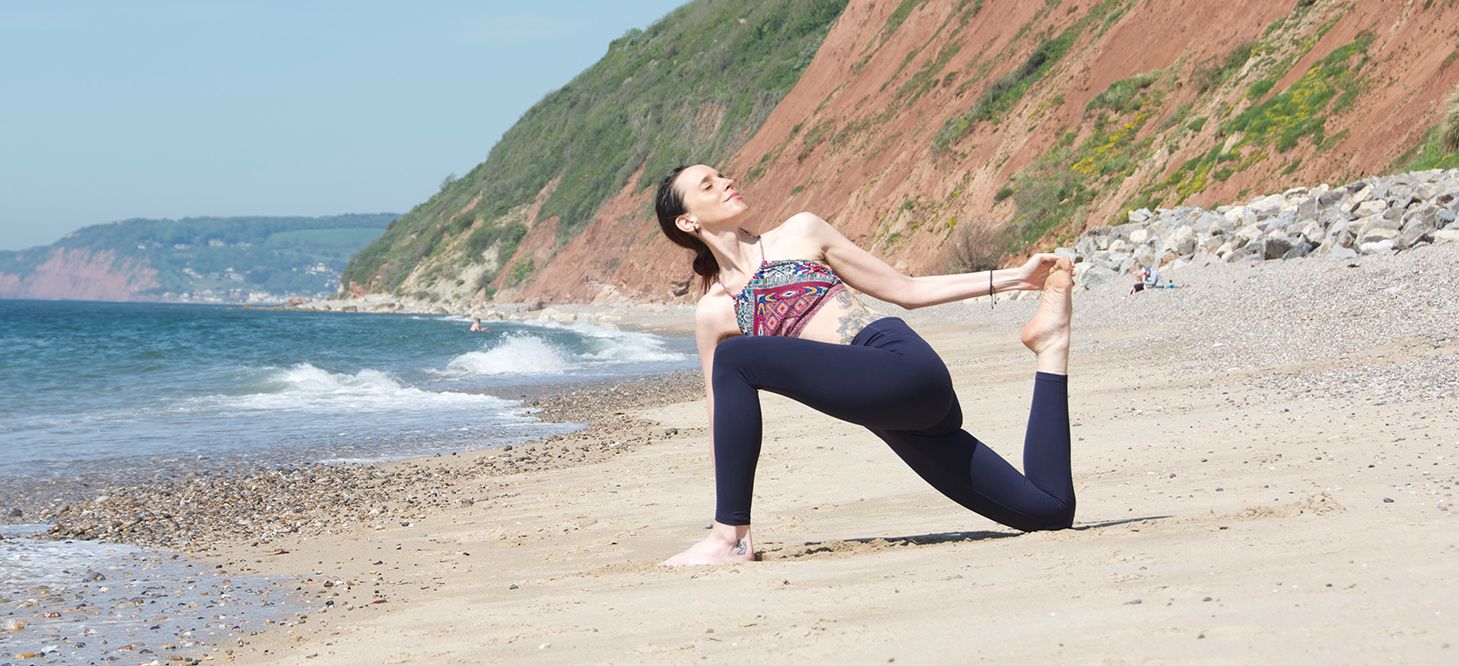How to Start a Low Fodmap Diet for IBS
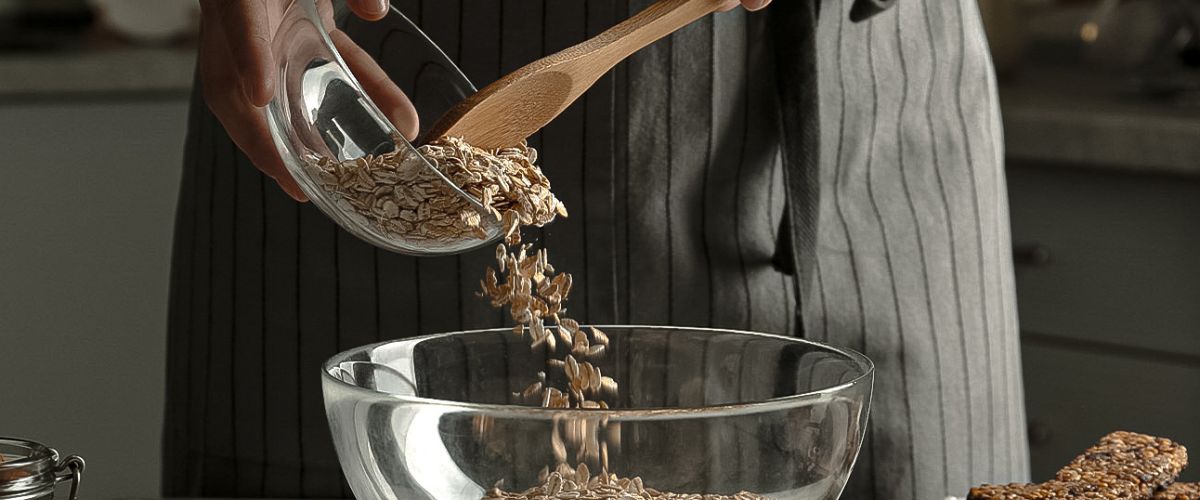
How to start a low-FODMAP diet involves several steps, and it’s important to do it under the guidance of a healthcare professional, typically a registered dietitian or gastroenterologist, who can help you personalize the diet to your specific needs and monitor your progress. Here’s a general guide to get you started.
Explore New low-FODMAP Recipes:
- Try out new low-FODMAP recipes to keep your meals exciting and diverse. Websites, cookbooks, and social media platforms often have a wealth of inspiration. Experiment with different cuisines and cooking techniques.
Try International low-FODMAP Cuisine:
- Explore low-FODMAP options from around the world. For example:
- Japanese cuisine: Enjoy vegan sushi with vegetables or sweet potato, or opt for rice-based dishes like sushi rolls with safe ingredients.
- Greek cuisine: Relish grilled meats like lamb or chicken, for vegan – Greek salads without high-FODMAP ingredients, and tzatziki made with coconut yogurt.
- Mexican cuisine: Savor grilled chicken or veggie fajitas with salsa, guacamole, and corn tortillas.
Spice Things Up:
- Use herbs and spices liberally in your cooking to add depth and flavor to your low-FODMAP dishes. Popular low-FODMAP options include basil, oregano, thyme, paprika, cumin, and coriander.
Make Low-FODMAP Snacks:
- Prepare homemade low-FODMAP snacks to satisfy your cravings. Consider options like air-popped popcorn, baked potato chips (using safe potatoes and oils), or rice cakes with almond or peanut butter (if tolerated).
Low-FODMAP Desserts:
- Satisfy your sweet tooth with low-FODMAP dessert alternatives, such as:
- Gluten-free brownies made with bananas.
- Gf/Vegan Almond Flour Chocolate Chip Cookies
- Blueberry crumble with dairy free ice cream
Plan Fun Picnics:
- Organize low-FODMAP picnics to enjoy the outdoors with safe foods. Pack items like grilled chicken or shrimp, potato salad (using a suitable dressing), gluten-free crackers, and a fruit salad with FODMAP-friendly fruits.
Low-FODMAP Dining Out:
- Research and choose restaurants that offer low-FODMAP options. Many establishments are now accommodating dietary restrictions. When dining out, don’t hesitate to ask the staff about modifications or ingredient substitutions to make your meal safe. Researching blogs can help – for instance my low-FODMAP London blog details out specific places to enjoy while traveling.
Join Support Groups:
- Connect with others who are following the low-FODMAP diet. Online or local support groups can provide valuable advice, share recipes, and offer moral support during your journey.
Food Challenges on the low-FODMAP Diet:
- Occasionally challenge yourself to try new low-FODMAP foods that you haven’t included in your diet before. Exploring new ingredients and dishes can make your dietary experience more exciting and enjoyable.
Keep a Food Diary:
- Maintaining a food diary is a valuable tool to track your progress and identify any patterns between your diet and symptoms. It helps you celebrate successes and make necessary adjustments.
- Using the Monash University FODMAP app can help in knowing which foods may cause triggers!
Reward Yourself:
- Set achievable goals and reward yourself when you reach them. Rewards can be both food-related (a small treat) and non-food-related (a relaxing day out, a new book, or a spa day) to help keep you motivated on your journey.
Mindful Eating:
- Practice mindful eating to fully appreciate your meals. Take the time to savor the flavors, textures, and aromas of your low-FODMAP dishes. Eating mindfully can make each meal more enjoyable and satisfying. Taking a long inhale through your nose and out through your mouth before eating can help settle into a calmer state for nourishment.

Seek Help on How to Start a Low-Fodmap Diet!
- Starting the low-FODMAP diet isn’t something you have to do alone. It is recommended to see your health care professional before starting any new dietary change to rule out any underlying conditions. Symptoms of IBS can overlap with many other physical or emotional issues. Once you have been cleared to try the diet for symptom management, working with a Nutritionist or Dietitian can help especially during the first couple phases.
Download the Guide
For a limited time my guide booklet on how to start a low fodmap diet is on sale (only $5 USD). I made this guidebook to help others like myself, who were given an IBS diagnosis and struggled with the mental and physical affects of the disorder for many years. The low-FODMAP diet worked in alleviating many of my long term issues with pain and bloating. And I can say now I still have significantly fewer issues many years after healing. Click here or the link below to check out my guide. Or contact me to with questions.

Hi I’m Sara!
I’m a vegan low-FODMAP nutritionist and chef. I work with brands & individuals to develop recipes, digital content or learning materials and classes. I’m on a mission to help others understand (and love) healthy eating & being.
